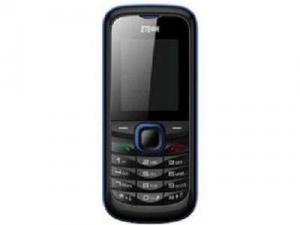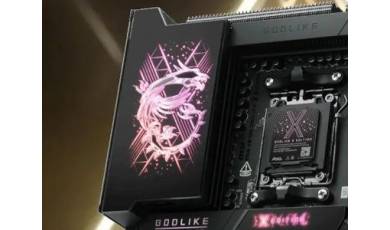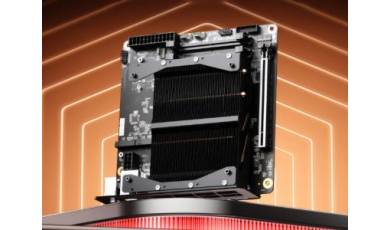ZTE R255 specs.
Mobiles >> ZTE >> ZTE R255| Specifications | Reviews | Secret codes |

Type ZTE R255
Phone Type:
Feature phone
Basic Spec ZTE R255
Smart Phone OS: An operating system (OS) is software that interacts between a user and a smartphone.
An operating system (OS) is software that interacts between a user and a smartphone.
Shape:
Bar
SIM:
Dual SIM
Dual Standby
Dual Standby
Processor Speed:
Internal Storage:
64MB
RAM: Random Access Memory
Random Access Memory
64MB
External Storage:
Micro SD up to 4GB
Battery life:
Screen ZTE R255
Screen Size: This diagonal display size is usually measured in inches.
This diagonal display size is usually measured in inches.
1.8inch
Screen Resolution: Screen resolution refers to the size of the image received on the screen in pixels
Screen resolution refers to the size of the image received on the screen in pixels
160x128
Touch Screen:
Screen Type:
TFT
Network ZTE R255
Network Type:
2G: Second generation cellular network
Second generation cellular network
3G: Third generation cellular network
Third generation cellular network
4G(LTE):
Speed:
Wireless LAN:
Bluetooth: Bluetooth is used to exchange data between nearby mobile devices.
Bluetooth is used to exchange data between nearby mobile devices.
yes
infrared transmission:
Hotspot/Tethering:
Camera ZTE R255
Pixels:
0.3mp
Flash:
Image Stabilization:
Others ZTE R255
Waterproof:
GPS: Global Positioning System
Global Positioning System
Size ZTE R255
Dimensions (WxHxD):
110.6 x 47.8 x 13.2 mm
Weight:
Comments, Questions and Answers about ZTE R255
Ask a question about ZTE R255






